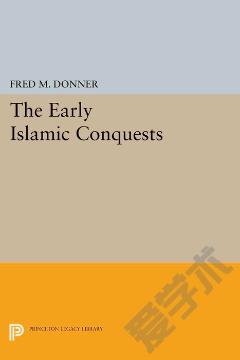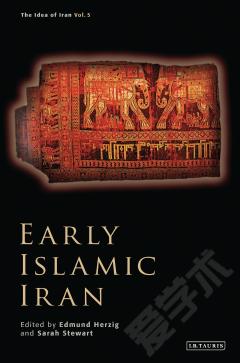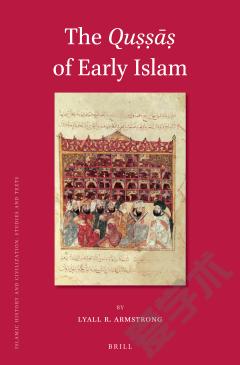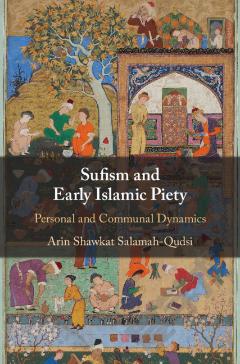Early Islamic Syria
After more than a century of neglect, a profound revolution is occurring in the way archaeology addresses and interprets developments in the social history of early Islamic Syria-Palestine. This concise book offers an innovative assessment of social and economic developments in Syria-Palestine shortly before, and in the two centuries after, the Islamic expansion (the later sixth to the early ninth century AD), drawing on a wide range of new evidence from recent archaeological work. Alan Walmsley challenges conventional explanations for social change with the arrival of Islam, arguing for considerable cultural and economic continuity rather than devastation and unrelenting decline. Much new, and increasingly non-elite, architectural evidence and an ever-growing corpus of material culture indicate that Syria-Palestine entered a new age of social richness in the early Islamic period, even if the gains were chronologically and regionally uneven.
{{comment.content}}








 京公网安备 11010802027623号
京公网安备 11010802027623号